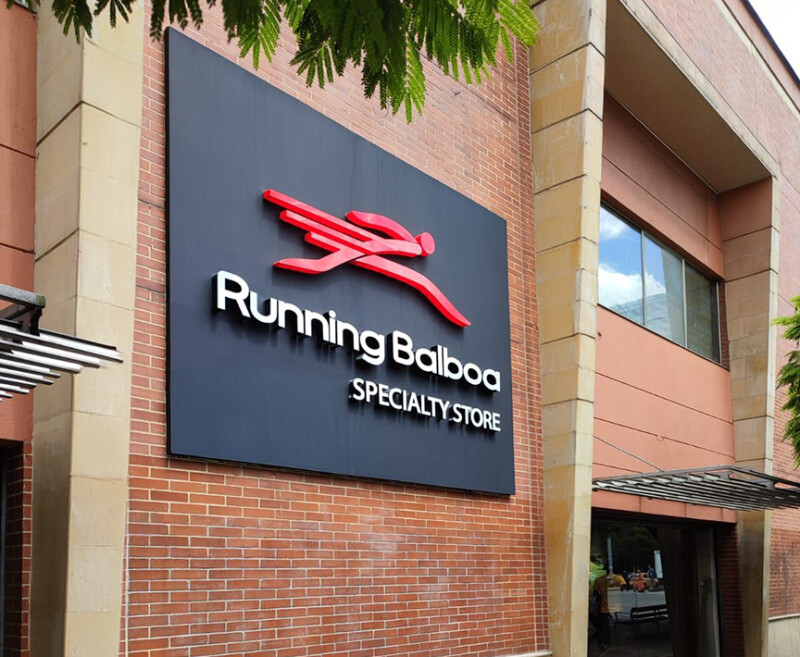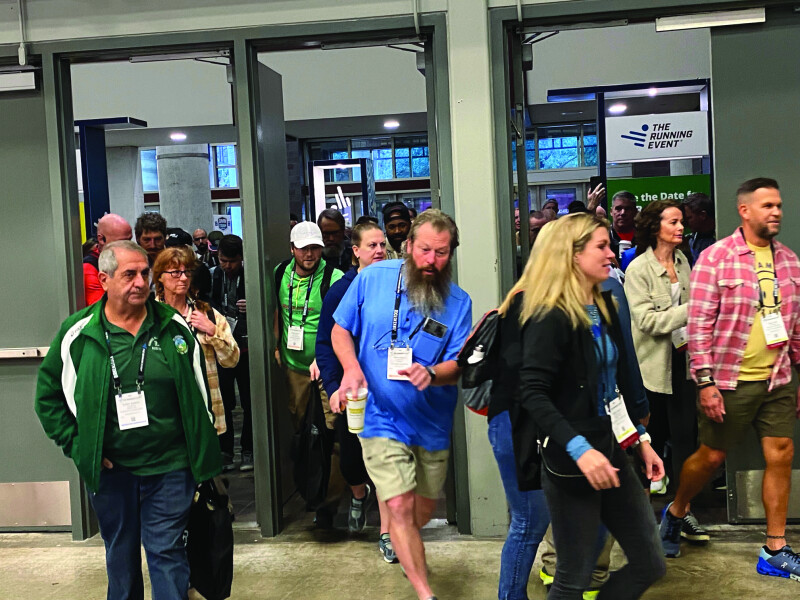The footwear industry has been on a wild ride over the past few years. I liken it to one of those pendulum rides at amusement parks that swing high up in the air, from one side to the other. In 2020, footwear units sold in the U.S. declined by 16 percent, then grew by 14 percent in 2021, and declined by five percent in 2022, according to Circana’s Consumer Tracking Service.
Running footwear has followed a similar sales pattern. As running participation increased during the pandemic in 2020, the category gained market share. However, those market-share gains have declined since then. Running participation numbers have also fallen to pre-pandemic levels, according to the Sports and Fitness Industry Association (SFIA).
However, there is one factor that has continued to positively impact the running footwear market: fashion. Of course, we cannot discount the performance aspect of running footwear, but I don’t think anyone can argue against the fashion element becoming increasingly important in buying decisions.
Looking Good, Performing Well
The popularity of outdoor and fitness activities during the pandemic has propelled this fashion influence. Participation in hiking, outdoor running and other activities increased, so the aesthetics of gear that is related to these activities grew in popularity. And even though many Americans now find themselves with less time to allocate to these activities, interest is still high relative to pre-pandemic times. By donning the goods, everyone can look and feel like they just came off the road or trail.
To be clear, the blurring of active footwear and fashion footwear is nothing new. It took off about 15 years ago as interest in fitness activities grew. The athleisure concept was born and it now represents about one-third of total U.S. footwear sales.
Until recently, performance athletic shoes were mainly reserved for performance athletics, but this attitude has been changing. In 2022, one-third of running-shoe unit sales were attributed primarily to athletic, sport or exercise use, which fell five points versus 2019.
Just over 60 percent of unit sales were attributed to other uses – including casual or everyday use, weekends, and work – rising three points versus pre-pandemic 2019. A smaller percentage (five percent) was attributed to “equal use for all,” which is two points higher than in 2019. These increases underscore the growing appeal of wearing running footwear more broadly.
After dropping in 2021 due to high demand and low supply, the percent of footwear units sold on promotion has returned to pre-pandemic levels. However, the level of running footwear promotion remains below 2019. This is partially due to Hoka, On and other non-promotional brands gaining share in the running market. Their rise can be attributed not only to their performance features, but also to their fashion and comfort elements for everyday use.
Pricing Leveling Out
Adult running footwear category sales revenue grew five percent, year over year, in 2022 — 17 percent higher than 2019 levels. However, unit sales declined by four percent versus 2021 and fell eight percent compared to 2019. This trend shows that while price increases are keeping sales revenue growing, unit demand has slowed.
Based on Circana’s Future of Footwear report, we expect pricing growth to level out in 2023, which will mean that sales revenue will begin to decline unless unit sales pick up. With that being said, retailers and manufacturers need to identify opportunities for continued growth in the market.
One of these growth opportunities is the women’s footwear market. The women’s and men’s running segments are very similar in sales volume, at about $3 billion each annually. However, while men’s running footwear represents about nine percent of all men’s footwear sales, women’s running footwear comprises only seven percent of total women’s footwear sales. This might not seem like a big difference, but if women’s running footwear closed that two-point gap, it could translate to almost $800 million in annual sales.
Making It New Again
Another opportunity can be found through newness and innovation. According to Circana’s Retail Tracking Service, the share of running shoe unit sales generated by new releases was only about 12 percent in 2022. This number has not only declined since 2021, when the percent of unit sales generated by items released in that year was 23 percent, but also fell below the industry average. We should be seeing more innovation at retail, not less. In thinking about innovation, the industry needs to consider both performance and fashion elements.
A third opportunity is finding ways to attract a younger consumer base. According to CivicScience, consumers aged 18-24 are two times more likely to run or jog for fitness on a weekly basis, compared to the general population.
Younger consumers make up a growing segment of the running footwear market. They seem to be leaning into the recommendations of fitness influencers on social media and participating in online and offline running and walking communities that promote fashion, as well as fitness.
To continue to grow, the running industry needs to retain buyers gained since 2020 – approximately eight million, according to Circana’s Checkout data – and continue to acquire new participants. With casual running and jogging participation increasing, according to SFIA, and with core participation declining, the fashion piece of the running footwear industry puzzle may be even more important than we realize.






